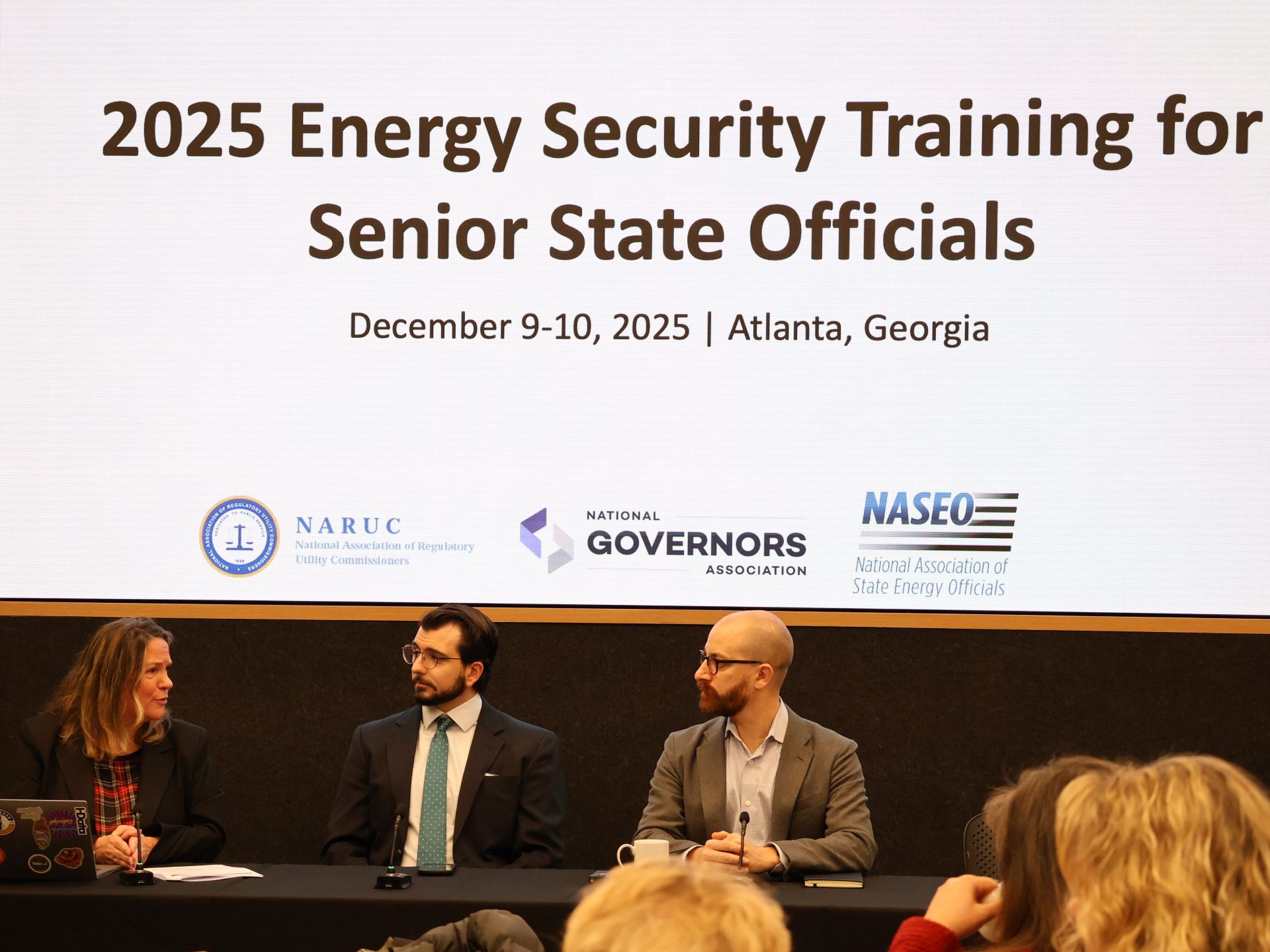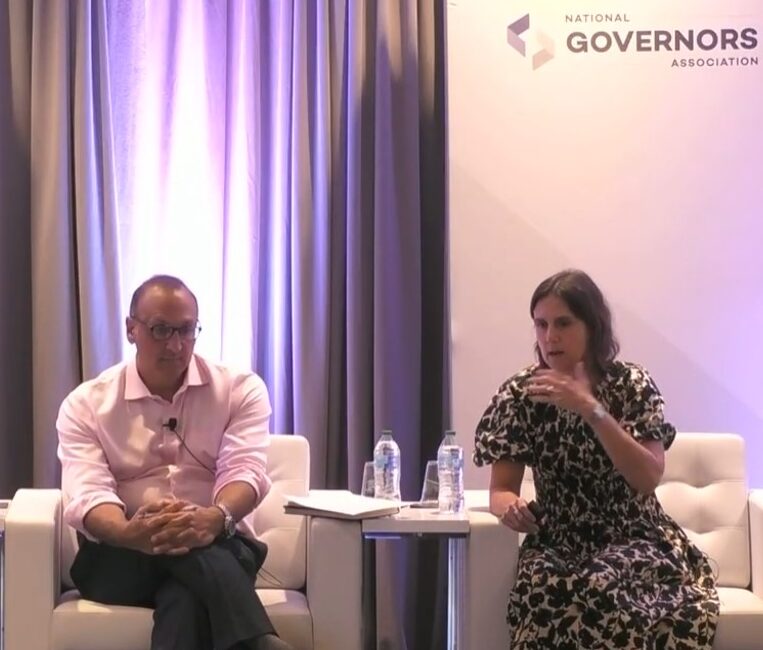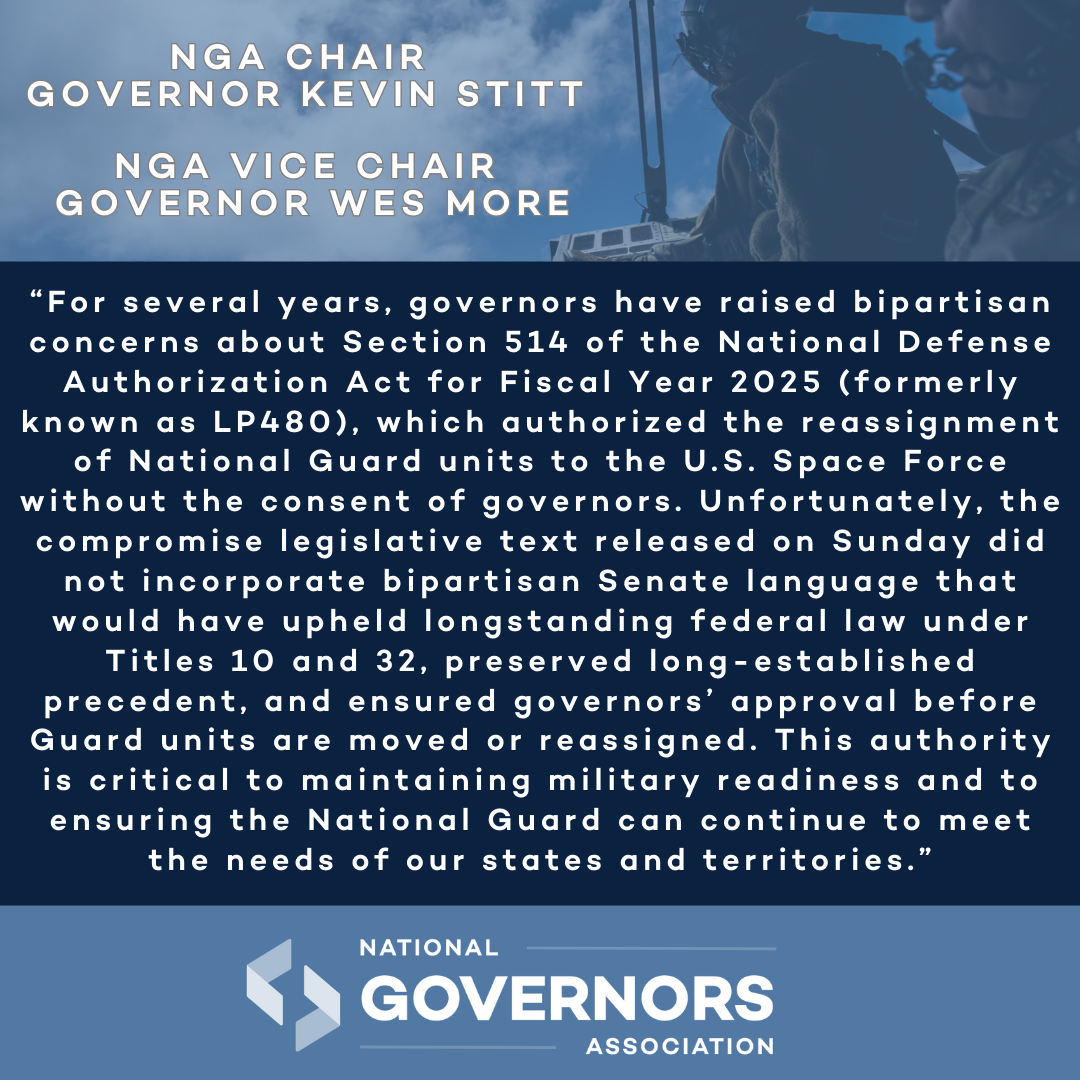The purpose of this publication is to provide Governors and state workforce development boards with a menu of actionable steps they can take to play a proactive role in implementing the IIJA, CHIPS, and IRA through their WIOA plan and in the four years that follow.
The passage of the Infrastructure Investment and Jobs Act (IIJA), CHIPS and Science Act (CHIPS), and Inflation Reduction Act (IRA) has provided states with significant new funding that can drive economic growth. While the economic impact of these new programs relies on states having the workforce needed to implement them, the laws largely lack a specific role and dedicated funding for the public workforce system. To address this reality, the National Governors Association Center for Best Practices (NGA Center) and the U.S. Department of Labor (DOL) established the Workforce Strategic Planning Collaborative – a joint project effort to ensure that states can capitalize on these new federal investments.
The Workforce Innovation and Opportunity Act (WIOA) – the primary federal statute that governs workforce development in the United States and is designed to connect individuals with barriers to employment to career opportunities – requires Governors to submit a strategic plan to DOL every four years. WIOA plans that will cover program years 2024– 2027 represent a strategic opportunity for Governors to codify their highest priorities for workforce development and position the state workforce development system as a key driver in implementing the IIJA, CHIPS, and IRA. The purpose of this publication is to provide Governors and state workforce development boards with a menu of actionable steps they can take to play a proactive role in implementing these laws through their WIOA plan and in the four years that follow.
This publication consists of five parts. Part I outlines high-impact opportunities related to the IIJA, CHIPS, and IRA for Governors and state workforce development boards to consider as they review and finalize the Strategic Planning Elements
section of their WIOA plan. Parts II, III, and IV feature content specific to the IIJA, CHIPS, and IRA, respectively, and contain the same fundamental items. These include but are not limited to:
- analysis of key provisions that offer high-impact opportunities for Governors and the state workforce development board to carry out under the IIJA, CHIPS, and IRA;
- a menu of opportunities to consider for proactive implementation of new federal investment, including through the WIOA planning process;
- examples of state best practices; and
- links and descriptions to existing resources.
Part V contains a graphic that depicts the 2024–2027 WIOA planning period and illustrates opportunities for alignment with the programs highlighted in Parts II-IV.
This publication builds on policy analysis from three publications previously issued by the NGA Center. These are:
- Workforce Development in the IIJA, CHIPS, and IRA: A Toolkit for State Workforce Development Policymakers (February, 2023): This toolkit outlines the most pertinent programs and opportunities for state workforce development policymakers to consider as they seek to play a proactive role in implementing IIJA, CHIPS, and IRA
- How Governors Can Execute Their Vision for Workforce Development: Policy Levers Available Through the Workforce Innovation and Opportunity Act (January, 2023): This brief outlines a menu of policy options for Governors to capitalize on the significant authority granted to them under WIOA to shape their state’s workforce development system.
- Building a High-Performing State Workforce Board: A Framework and Strategies for States (December 2016): This framework outlines three key roles for state workforce development boards to achieve success as leaders of the public workforce system, including guidance and examples of what these roles look like in practice.












